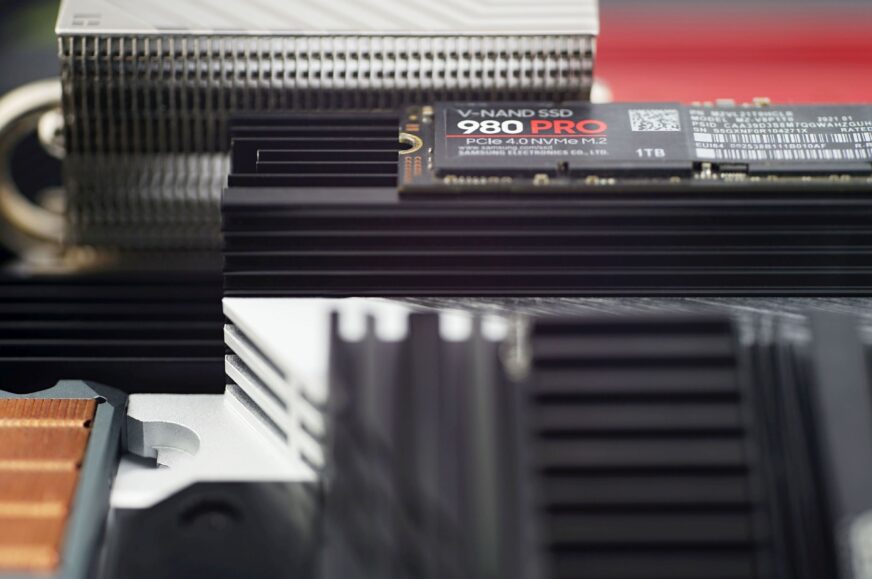Test results (SSD temperature)
The SSD cooler database finally adds SSD temperature results without a cooler. These show to what extent a cooler is beneficial, or by how much it knocks down controller and memory temperatures. Some really significantly, for others it’s worse. There are more reasons for this, but the important thing is to have a check on what is happening and under what circumstances. You might end up using an alternative cooler instead of the motherboard one.
Test results












This is quickly becoming my favorite hardware review site. Thanks for all of your hard work.
I’m not surprised to see many familiar MSI models at or near the bottom of the list. I had a (PCIe 4) Corsair SSD die on me last year under the stock heat sink on an MSI MAG B660 Mortar–it didn’t even occur to me that the controller temperature was high until I slotted in a replacement drive and checked the sensors–which consistently showed temperatures in the 90s even under relatively light loads.
Adding a no-name $8 cooler from Amazon reduced controller temperatures by roughly 25 degrees. (!!!)
Worth noting that airflow to the top SSD mount can be heavily compromised if you’re running a big air cooler and a reasonably large GPU. Combine that awkward positioning with a mediocre SSD heatsink, and your temps may climb rather high even when the drive itself isn’t under heavy load.
I don’t have a bone to pick with MSI in general. The motherboards I’ve bought from them (and I’ve bought several) have all performed admirably, otherwise. But there are clearly some teething issues with regard to NVME drives, which are only going to get hotter going forward, and in return for questionable real world benefits for the average consumer. For what it’s worth, I’ll never put another drive under a motherboard’s stock heat sink again.
(I should clarify that I’m not sure exactly what killed the Corsair SSD. It just seems likely that heat played a role, in retrospect.)
Sure, with a cheap finned cooler, lower temps will usually be achieved than with flat coolers on motherboards. These, in short, lack the surface area. Each brand has a slightly different set of priorities and wants to differentiate themselves with individual elements, gain a competitive advantage, and develop different technical elements. Or, in short, each one cuts costs in a different place. And it’s great that the range is so wide that everyone can choose what makes the most sense for their use case.